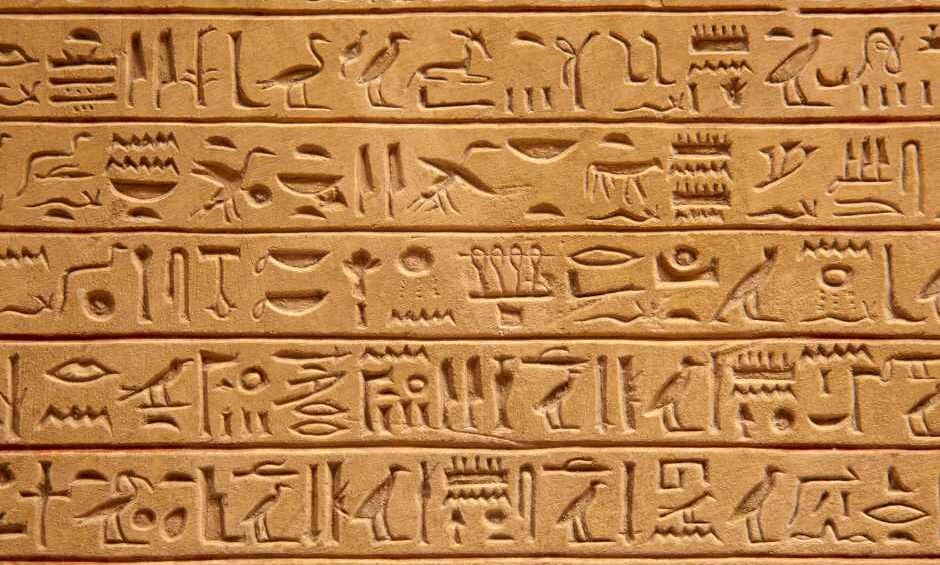The Ancient Egyptian Language is a remarkable and enduring linguistic heritage, with roots stretching back to around 3400 BC. As a member of the Afro-Asiatic language family, it shares connections with languages like Berber, Arabic, Amharic, and Hebrew.
Evolution of the Ancient Egyptian Language:
-
Archaic Egyptian:
- Used in the early dynastic periods.
- Features some of the earliest Egyptian hieroglyphs, found on artifacts like Nakada II pottery.
-
Old Egyptian:
- Utilized for the Pyramid Texts, the world’s oldest known religious writings.
- Became the official language in the Old Kingdom and First Intermediate Period.
- Characterized by its use of ideographic, phonetic, and plural determinants.
-
Middle Egyptian (Classical Egyptian):
- Used for a diverse range of texts, including religious, medical, poetic, and scientific writings.
- Saw the development of regional accents.
- Scripted in both hieroglyphic and hieratic forms.
-
Late Egyptian:
- Flourished during the New Kingdom, a peak in Egyptian culture.
- Showcased significant linguistic evolution from earlier stages.
- Marked by the expansion of the hieroglyphic script.
-
Demotic:
- Originated in the late Ptolemaic dynasty and lasted for nearly a millennium.
- Evolved from the Hieratic script, particularly prevalent in the northern Delta region.
-
Coptic:
- The final stage and direct descendant of Ancient Egyptians.
- Influenced by the Greek alphabet.
- Served as Egypt’s official language from 200 AD to 1100 AD.
- Survived into the 17th century and contributed to the Renaissance.
- Currently used as a liturgical language in the Coptic Orthodox Church.
Legacy and Significance:
The Ancient Egyptian Language not only reflects the ancient Egyptians’ innovation and creativity but also continues to captivate scholars and enthusiasts worldwide. Its rich history and progression through different forms and scripts underscore the dynamic nature of language and its integral role in shaping cultures and civilizations.




